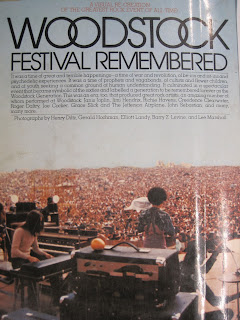To understand the hippie subculture, one must the context of this time. The 1960’s in the United States was a decade of counterculture, non conformity, experimentation, innovation and creativity. The Vietnam War, the Civil Rights Movement and the Cuban Missile Crisis are few of the topics that triggered this social revolution. The country’s involvement in the Vietnam War outraged and angered the youth. They began to protest, promoting ideas of peace and love, developing the anti-war slogan ‘Make peace not war’.
The movement began in 1962 with the first anti-war protest in San Fransisco. It progressed from college campuses to middle-class suburbs, government institutions, and labour unions. The country was struck with a huge sense of reform and revolution, with people finally speaking their minds and delivering the message of freedom.
The U.S. government began to force young adult men to fight the war on Vietnam through what was called the draft. There was a growing resistance to the draft – a card which was an official document issued by the U. S. Government. In the middle of the 1960s, a formal anti-draft movement called, The Resistance, made its appearance. There were mass anti-draft rallies on the campuses of many of the more elite colleges and Universities including Stanford University, University of California at Berkeley, UCLA, Harvard University, Columbia University and University of Michigan.
To express this rebellion further, Hippies began to dress in a radical, ‘anything goes' way. They grew their hair long to show they did not believe in cutting it to fit in to society. Hipsters and bell-bottom jeans, ankle fringes, flower patches and peasant blouses were common to see. T-shirts and skimpy halter-neck tops were part of everyday wear. Short skirts were worn with knee-high boots, while the long flowing skirts were considered better matched with sandals. Jewelery and accessories included long earrings, bandanas and other headgear, scarves and bracelets and rings that flaunted the peace symbols. Flowers strongly emphasized the hippie movement. Floral patterns were seen on dresses and skirts and jeans. Artificial flower tiaras and real flowers were worn in the hair to represent peace, love and to repel the post war ugliness and promote as much natural beauty as possible.
Hippies were derived from Beatniks; a group of anti-conformists who lived in New York from the 40’s to early 60’s. They experimented with poetry rhythms, questioning of the status quo, altering the relationship of poetry to popular culture. Similar to this the hippies began to embrace with poetry, music and drugs.
Music was hugely significant to communicate the ideologies people believed in. Artist such as Bob Dylan, The Doors, Grateful Dead, Jefferson Airplane, The Beatles and The Rolling Stones became hugely popular among the youth.
In January 1967, alarming numbers of young people made a pilgrimage to the Haight-Ashbury in San Francisco. The Human Be-In in Golden Gate Park in San Francisco popularized hippie culture, leading to the legendary Summer of Love on the West Coast of the United States, and the 1969 Woodstock Festival on the East Coast.
Psychedelic drug use became but one means to find a new reality. Popular drugs such as marijuana and LSD were believed to expand the mind and to offer a window into enhanced creativity and self-awareness.
The Beatles - Lucy in the Sky with Diamonds
About experience on LSD
Some if my findings around London related to the Hippies!
Fringing on leather jacket in Selfridges
Flower stall near Portobello Market
Volkswagen van near Portobello
Pucci flares in Selfridges!














